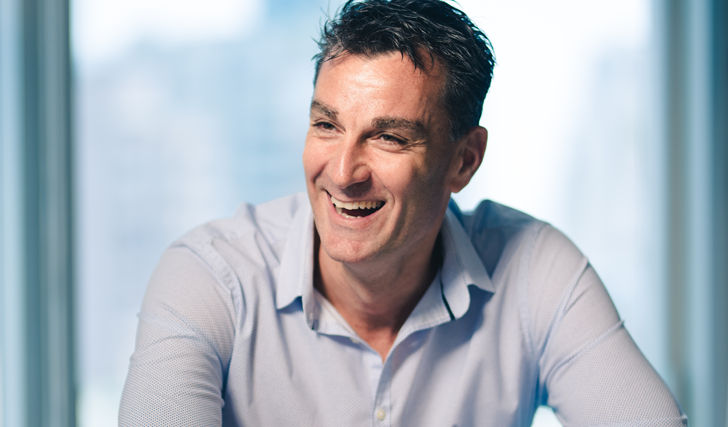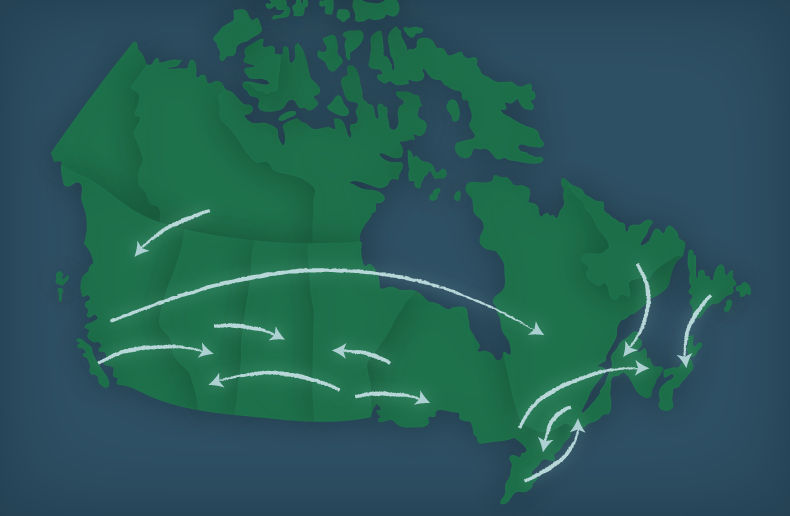Manulife has entered a new strategic phase in 2021 and stands ready to capitalize on three mega trends going on in the world today: Growth of the middle class in Asia, an aging global population and digitalization of the consumer.
Roy Gori, president and CEO of Manulife delivered these comments at the most recent Scotiabank Financials Summit, held virtually, and also discussed what he believes are the company’s highest potential businesses. More, he says focus on these businesses has and is dramatically changing the Manulife’s business profile. “The business mix is changing dramatically,” he told those gathered for the virtual presentation “I’m more excited than ever about our growth prospects.”
High potential businesses
He says the company is focused intently on high-performing, high potential businesses, including Asia, global wealth and asset management, group business in Canada and behavioural insurance offerings.
In Asia, for example, he says there are currently 2-billion people in the middle class. This number is expected to grow to 3.5-billion by 2030. “The other big demographic trend is that of the aging population. Currently 13 per cent of the world’s population are aged 60 and above. That’s going to grow to 21 per cent by 2030,” he says. “Asia and WAM (wealth and asset management) are huge growth engines for us, and growth is accelerating. They are underpinned by our digital ethic.”
That digitalization has allowed the company to stake out significant advances, particularly in Asia. He says the company is one of three top pan-Asian players. In Vietnam, for example, he says the company rose to number one in that country, fueled by its focus on distribution and digitalization.
“Our growth track record is higher than our peers,” he says. “That is a function of the fact that we have a geographic footprint and a business footprint that allows us access to the some of the fastest growing markets in the world.”
He adds that the digitalization the company focused on to help ensure that salespeople could continue to sell in troubling times, allowed the company to gain share in many of the markets it operates in.
New business momentum
“We’re delighted with the new business momentum and the growth that we've achieved. And it's not just coming from Asia, we're seeing that across every single geography that we operate in, Canada and the US included,” he says. “That translates into margin improvement. Obviously, as we get scale, we get margin improvement.”
He attributes the company’s successful growth to five things, including its global and business diversity, the performance it has delivered for retail investors and institutional clients, its strong focus on customer centricity, scale and efficiencies and having a strong brand.
Global and business diversity
In looking at global and business diversity, he points out that the company operates across three broad geographies: Canada, the United States and Asia. “We have an institutional business, we have a retail business, but we also have a retirement business. And we are a market leader in many of the markets that we operate in,” he says. “The sheer breadth geographically and from a business line perspective, has provided a tremendous opportunity to offset headwinds (success in Asia offsets margin compression in the United States, for example) and continue to grow in high margin areas which are under penetrated at the present.”
Overall, Gori says he believes the business is undervalued today. “I believe we have made significant progress in demonstrating success across a number of different areas. I believe those have been critical to unlocking significant shareholder value,” he adds. “Sometimes the reality is, that doesn't get reflected in the stock price immediately.”
“We are a very different company to the company that went into the 2008 GFC (global financial crisis),” he adds. “Our sensitivity to a parallel change in interest rates is approximately 1/10, of what it was in 2009. And our sensitivity to equity market movements is approximately half of what it was in 2009. That’s in absolute terms. If you take that relative to our business size and earnings, it's even greater.”







